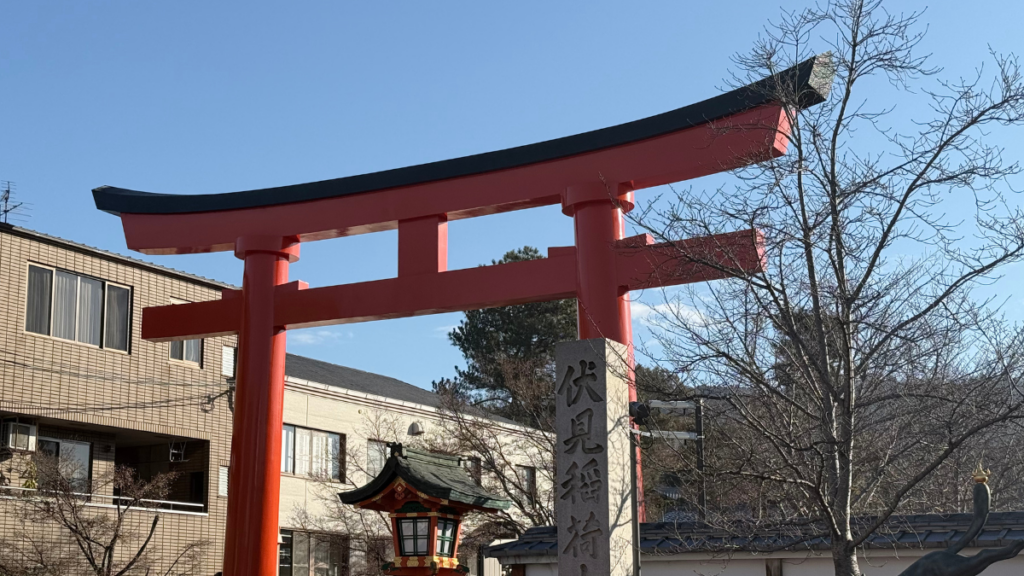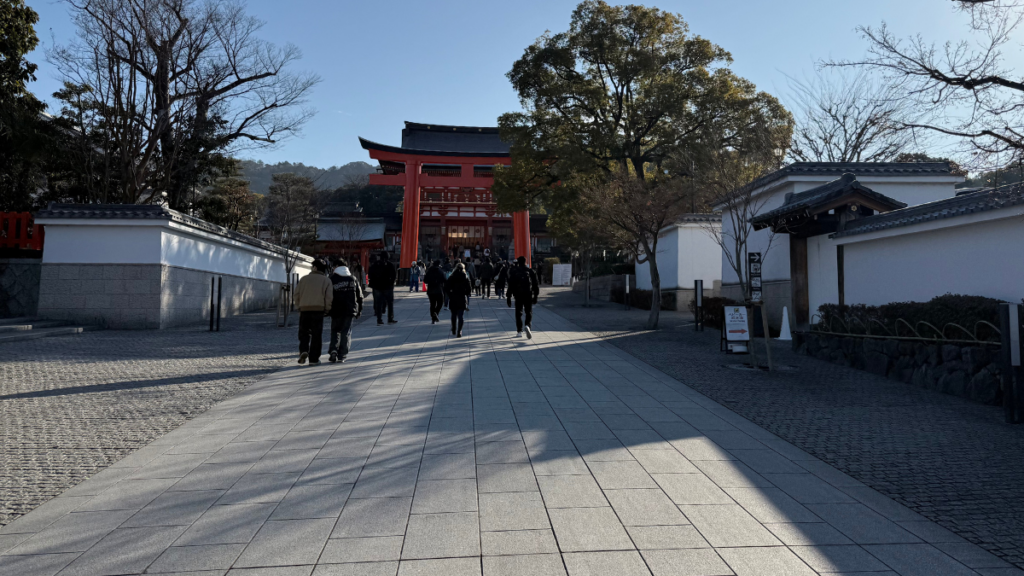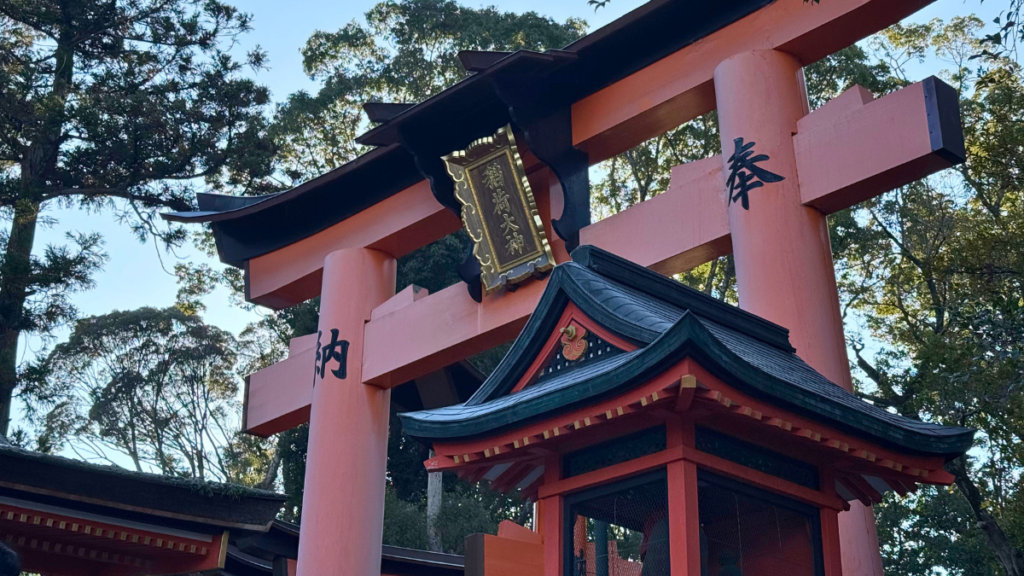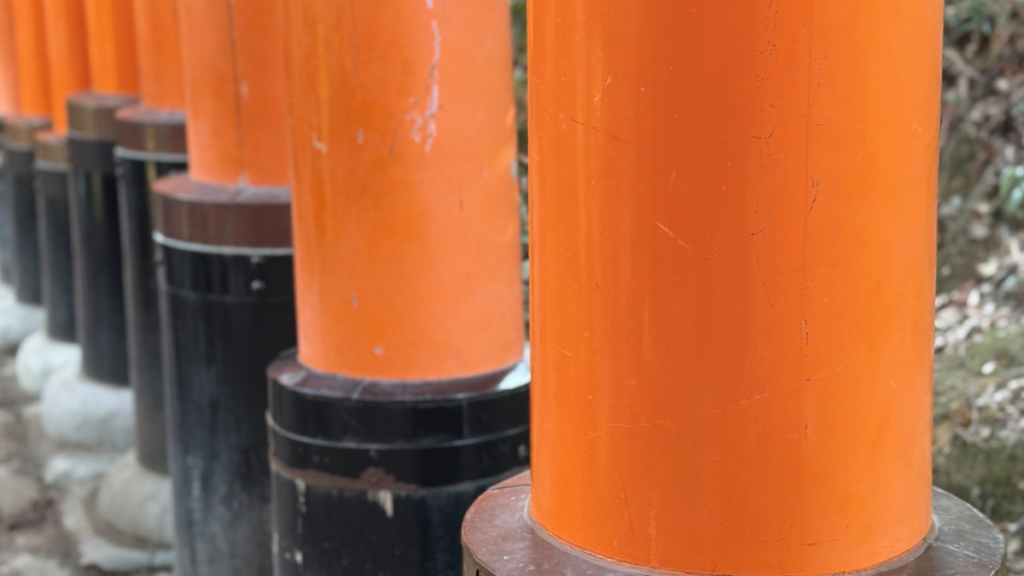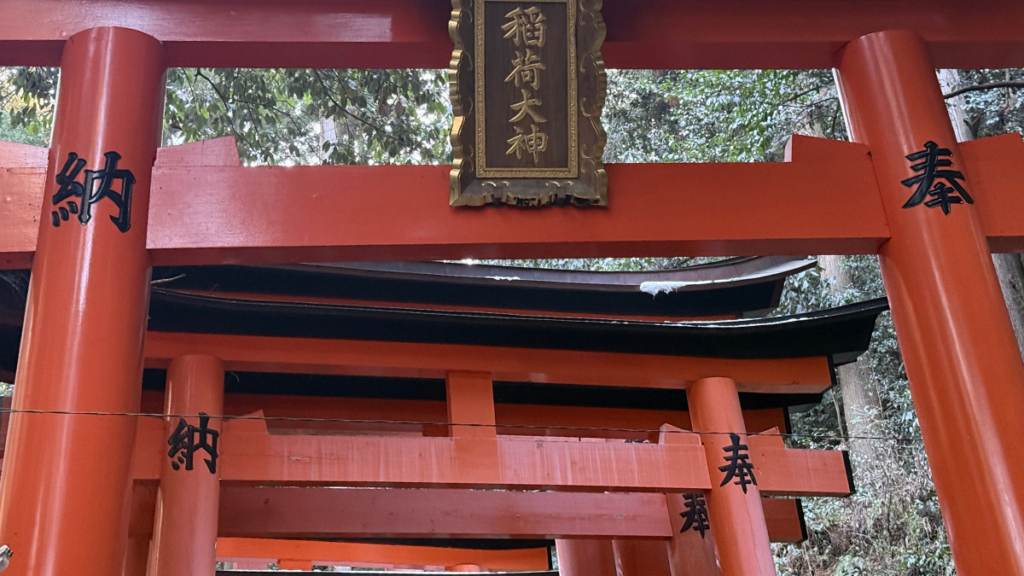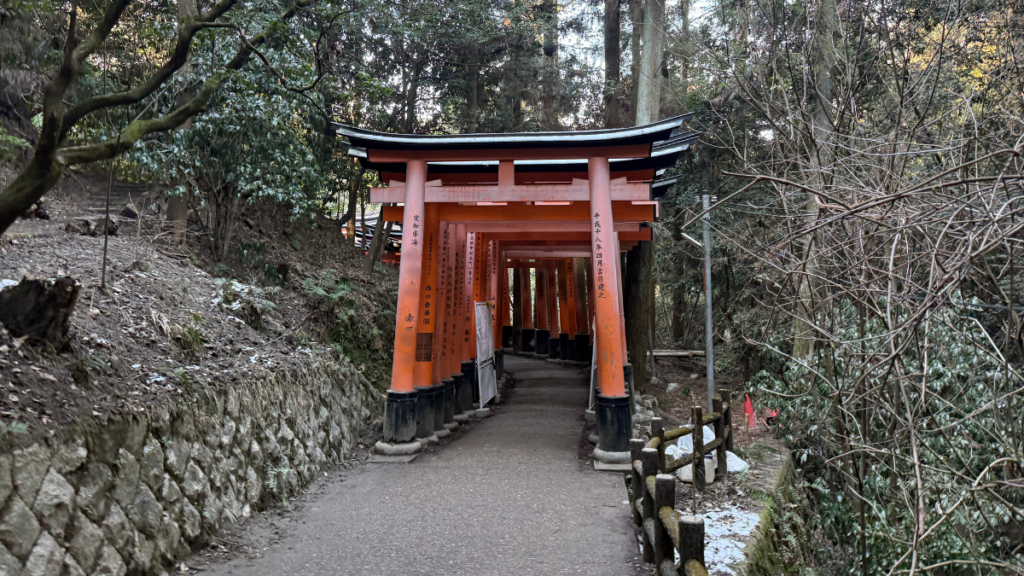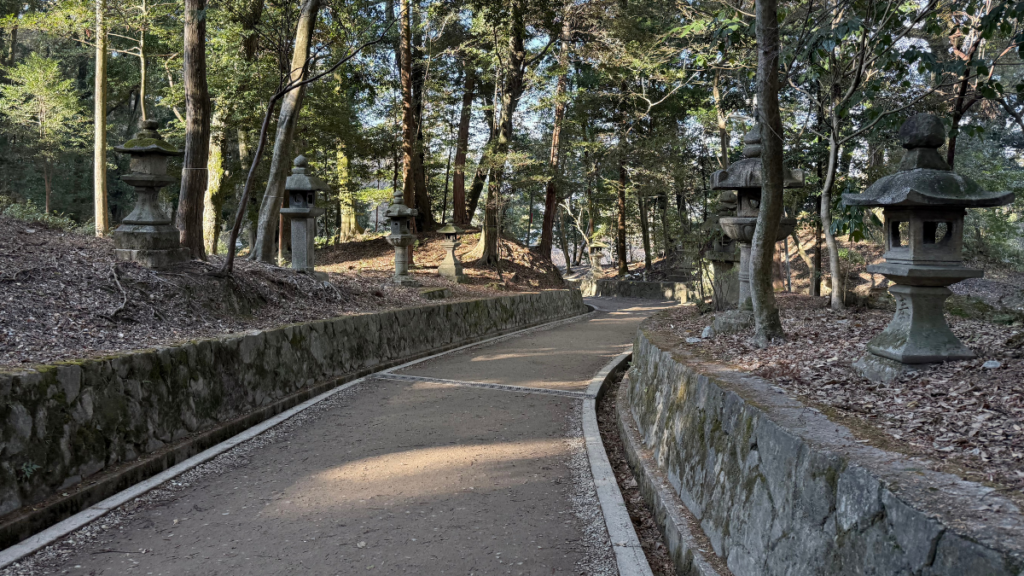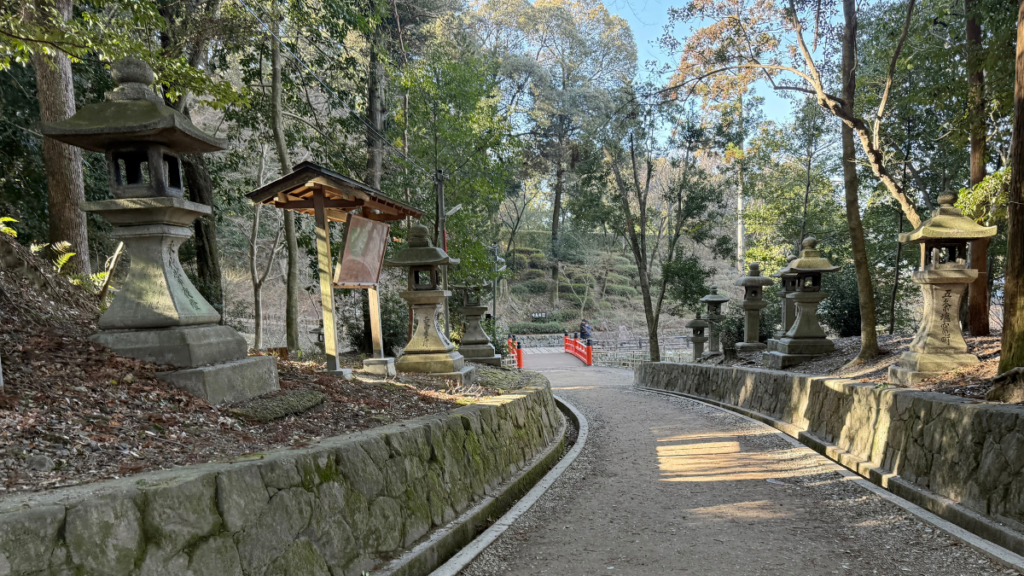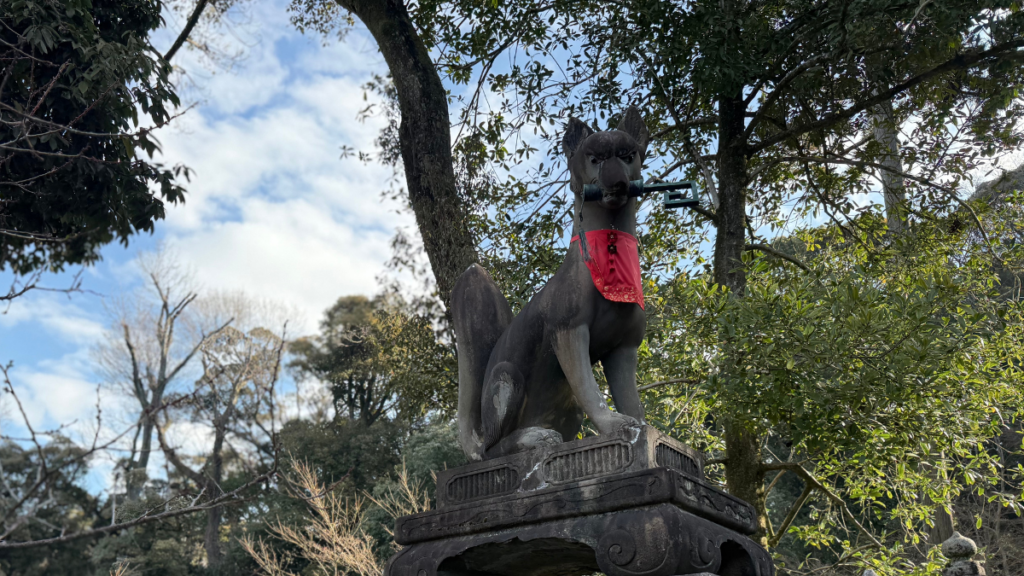One of Kyoto’s most iconic shrines, Fushimi Inari Taisha, is famous for its vibrant vermilion Senbon Torii (Thousand Torii Gates), a must-see destination for visitors from around the world. Walking through the tunnel of gates on a crisp winter day was a mystical and unforgettable experience.
From the Main Shrine to the Thousand Torii Gates
The visit began with a prayer at the main shrine, located near the entrance of the shrine grounds. The vivid vermilion buildings stood out against the blue sky, creating a serene yet majestic atmosphere. Local worshippers and tourists alike gathered to pray for blessings such as prosperous business and family safety.
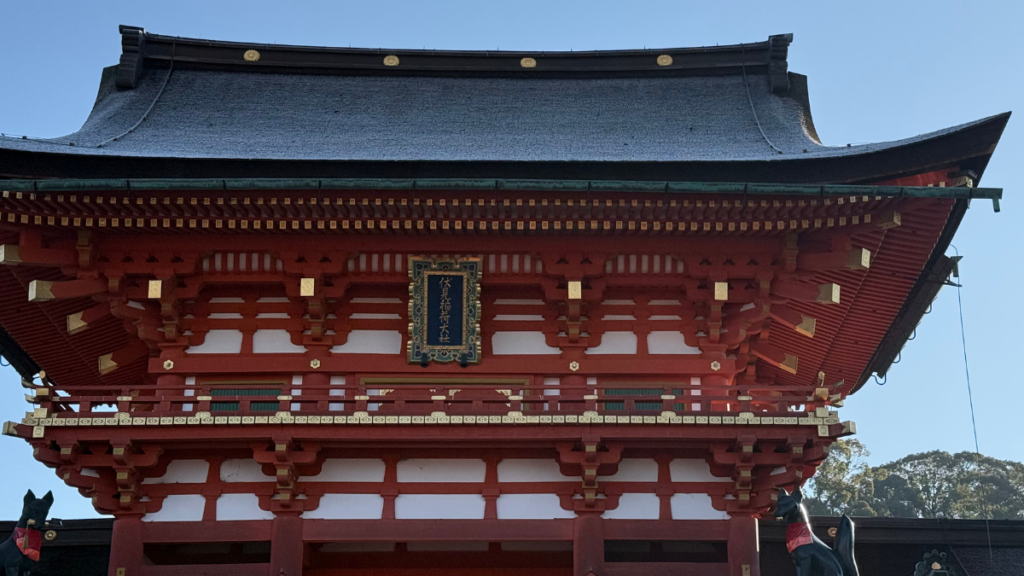
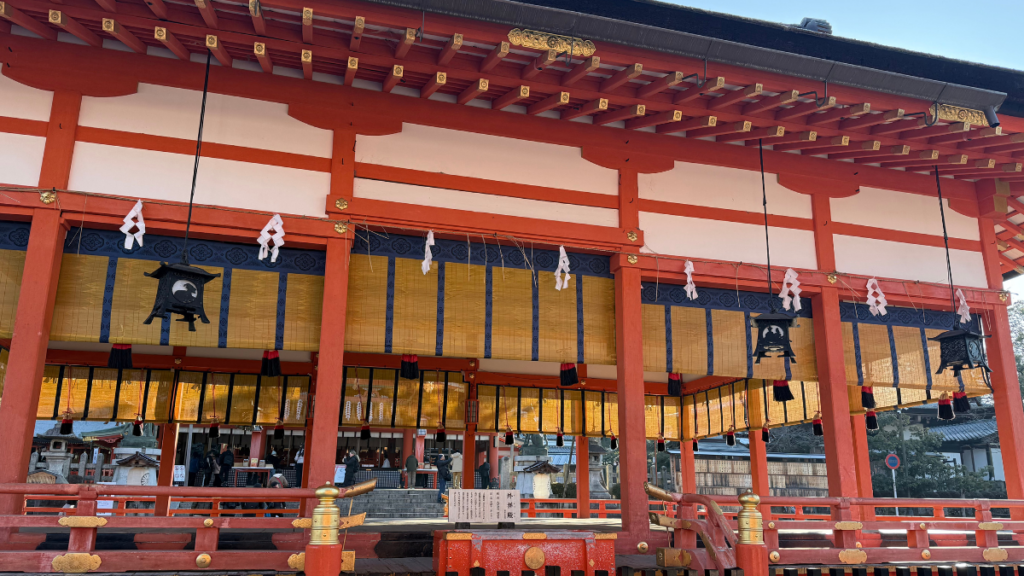
Beyond the main shrine lies the start of the famous Senbon Torii. The densely packed torii gates create a tunnel-like pathway, where sunlight filters through the gaps, casting enchanting patterns of light and shadow. Each gate bears the name of its donor, offering a tangible connection to centuries of devotion and tradition.
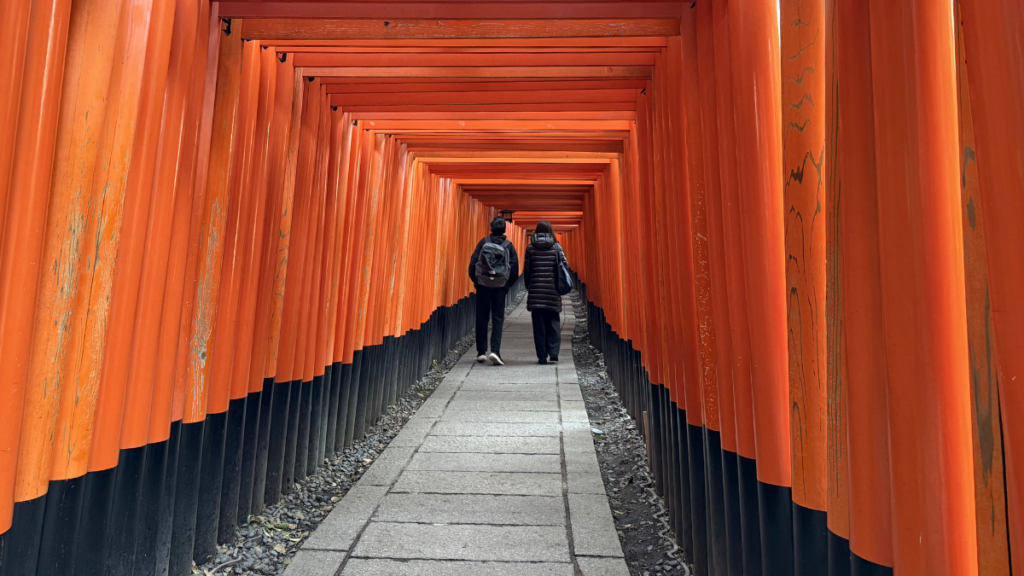
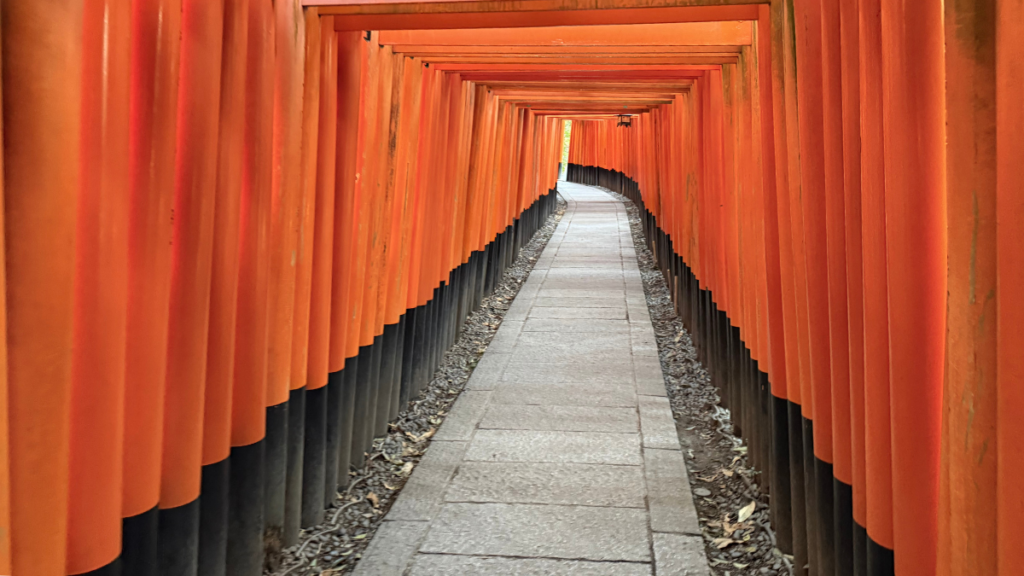
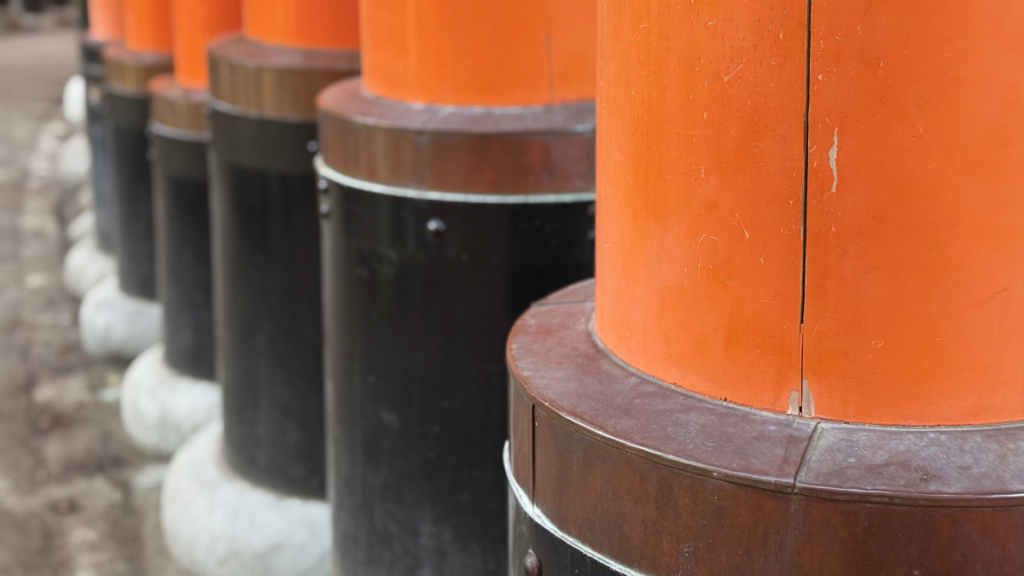
A Peaceful Hike to Kumataka Shrine
After passing through the Torii gates, the trail leads further up the mountainside. As the crowd thins, the sounds of the city fade away, replaced by birdsong and the whisper of rustling leaves. Step by step, the peaceful ambiance provides a welcome escape from the busy streets of Kyoto.

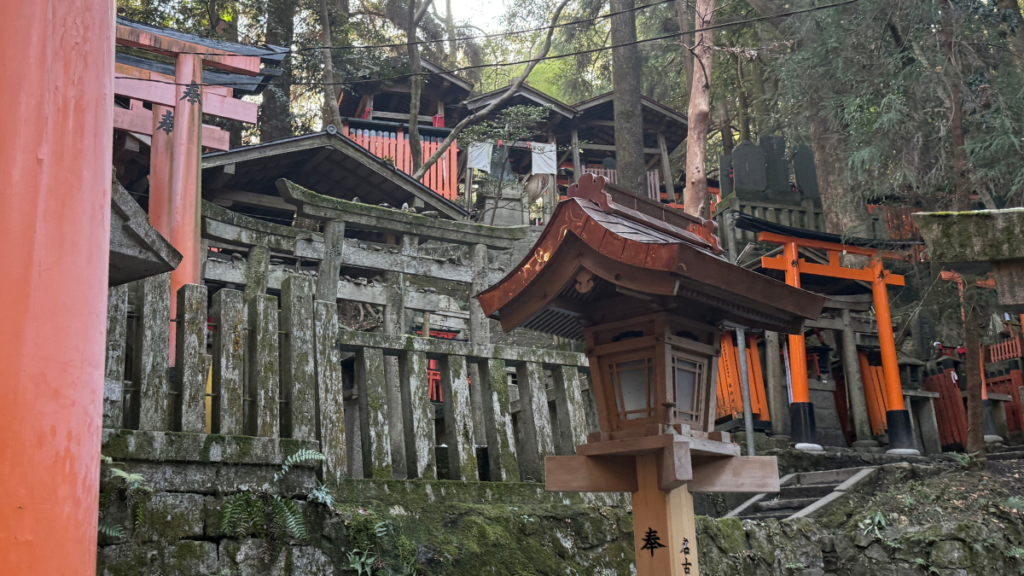
After about 20 minutes, I reached Kumataka Shrine (くまたかしゃ). This small, serene shrine is believed to bring blessings for success and victory in work and competitive pursuits. The shrine’s name comes from the “kumataka” (mountain hawk-eagle), a bird known for its keen vision and hunting prowess, symbolizing the ability to seize opportunities with precision. Historically, Kumataka Shrine was revered as a guardian deity of hunters. The glow of candlelight against the shrine's wooden structure created a mystical atmosphere, adding to the sacred experience.


A sign next to the shrine indicated that the summit was about a 40-minute hike further uphill. However, given the cold weather and my upcoming plans, I decided to turn back at this point. Though I didn’t reach the summit, the walk through the thousand torii gates made the hike thoroughly satisfying.
Tips for Enjoying Fushimi Inari Taisha
- Visit Early in the Morning
The shrine becomes very crowded during the day. Early mornings offer a more tranquil experience. - Dress Warmly in Winter
The mountain path can be colder than expected. Gloves and a hat will help keep you comfortable. - Wear Comfortable Shoes
The trail to Kumataka Shrine includes many stone steps, so comfortable, non-slip shoes are recommended.
Access Information
- JR Nara Line: Inari Station – a 3-minute walk
The torii gate is visible right in front of the station. - Keihan Main Line: Fushimi-Inari Station – a 5-minute walk
Address: 68 Yabunouchicho, Fushimi Ward, Kyoto, Japan
Conclusion – Serenity Beyond the Thousand Torii Gates
The thousand torii gates of Fushimi Inari Taisha captivate visitors with their vivid beauty and spiritual presence. The hike to Kumataka Shrine provided a harmonious blend of sacred energy and natural tranquility. Next time, I hope to continue my journey to the summit for an even deeper experience of this remarkable place.
